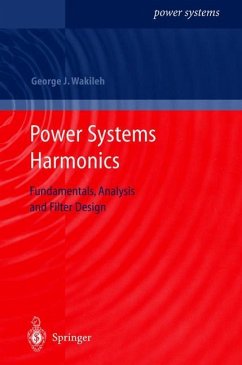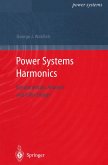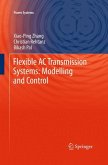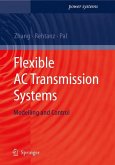The electric utility's increasing use of power factor correction capacitor banks and the industry's widespread application of power-electronic converters have set the basis for, recently, paying considerable attention to the issue of power system harmonics. Aiming at a better understanding of power system harmonics, this text presents a discussion of this issue, providing a quantitative analysis when possible. Pertinent equations are developed. 80 practical case studies based on real-life work experience come with the text. These are analysed providing the results and commenting on the output. Furthermore, 80 end-of-chapter problems are provided. A detailed solution manual is available. The book can be used as a textbook for undergraduate and graduate students, in short-courses offered by consultants and institutes, as well as a tutorial, reference, or self-study course for practising engineers in the industry and electric utilities.
The industry's widespread application of variable speed drives in the recent years accompanied by the electric utility's increasing use of capacitor banks have set the basis for paying considerable attention to the quality of electric power and seriously addressing the issue of current and voltage distortion, a major form of which is harmonic distortion. Harmonic studies are aimed at computing bus harmonic voltages, branch harmonic currents, and voltage and current total harmonic distortion (THD), as well as detecting resonance conditions. It is thus of great importance, when conducting harmonic studies, that system components are correctly mod elled to ensure accurate and reliable harmonic distortion results. Commercial programs are available for the analysis of harmonic problems. International standards are further being developed to assess harmonic distortion. Chapter 2 of this text provides some preliminaries. Characteristics of harmonics and measures of harmonic distortion are illustrated. The use of capacitor banks for reactive power supply and power factor correction is dis cussed. Resonance is explained. Origins of harmonic distortion are dealt with in Chapter 3. Chapter 4 is aimed at quantifying the effects of harmonic dis tortion on power system equipment and loads. Chapter 5 is devoted to the methods of reduction of power system harmonics. Limits of allowable voltage and current harmonic distortion set by IEEE, IEC, EN and NORSOK stan dards are presented in Chapter 6.
The industry's widespread application of variable speed drives in the recent years accompanied by the electric utility's increasing use of capacitor banks have set the basis for paying considerable attention to the quality of electric power and seriously addressing the issue of current and voltage distortion, a major form of which is harmonic distortion. Harmonic studies are aimed at computing bus harmonic voltages, branch harmonic currents, and voltage and current total harmonic distortion (THD), as well as detecting resonance conditions. It is thus of great importance, when conducting harmonic studies, that system components are correctly mod elled to ensure accurate and reliable harmonic distortion results. Commercial programs are available for the analysis of harmonic problems. International standards are further being developed to assess harmonic distortion. Chapter 2 of this text provides some preliminaries. Characteristics of harmonics and measures of harmonic distortion are illustrated. The use of capacitor banks for reactive power supply and power factor correction is dis cussed. Resonance is explained. Origins of harmonic distortion are dealt with in Chapter 3. Chapter 4 is aimed at quantifying the effects of harmonic dis tortion on power system equipment and loads. Chapter 5 is devoted to the methods of reduction of power system harmonics. Limits of allowable voltage and current harmonic distortion set by IEEE, IEC, EN and NORSOK stan dards are presented in Chapter 6.








